
Right-handed dominance in design is so common that most people don’t even notice it. Left-handed individuals, however, encounter small frustrations in daily life due to these biased designs. Here are 20 everyday objects that cater to right-handed users.
Scissors
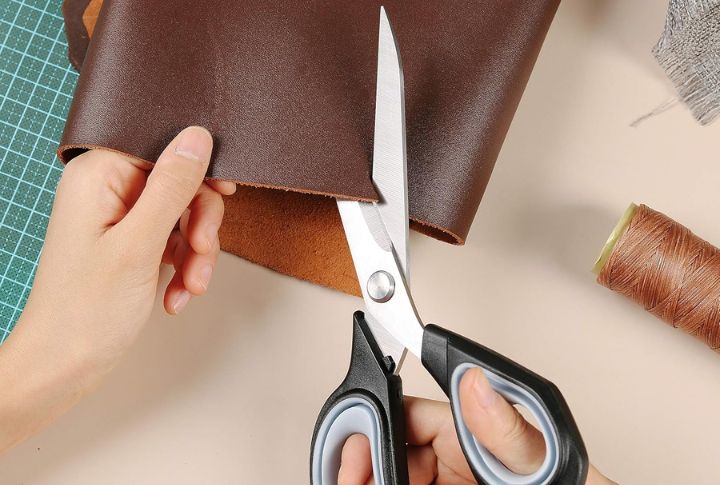
Standard scissors are designed so that the top blade aligns for a right-handed grip. Lefties using them experience misaligned blades and uneven cuts. While special left-handed scissors exist, they’re rare and could be more expensive. Many left-handers simply adapt by cutting awkwardly or using their non-dominant hand.
Computer Mice

Walk into any office, and you’ll see the mouse on the right. While lefties can move it, ergonomic designs still favor right-handers. Shared workstations make it worse—settings often need to be reconfigured daily. It’s a small thing, but it’s a constant frustration.
Credit Card Machines and ATMs
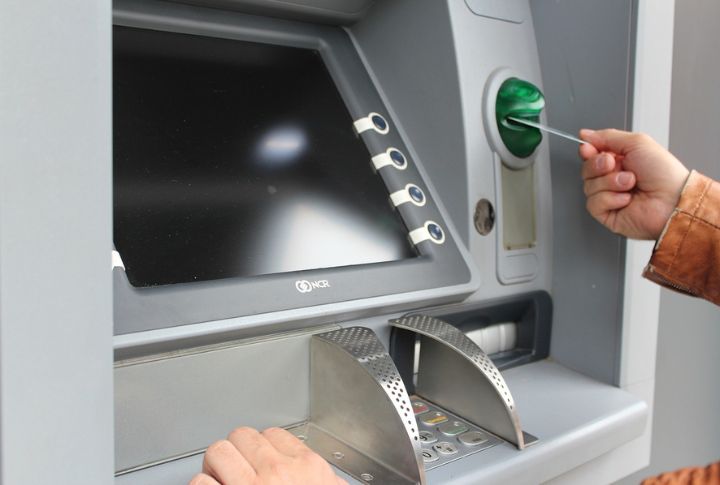
Card slots, number pads, and styluses at ATMs are designed for right-hand use. Lefties must awkwardly reach across or switch hands. Even touchscreen payment terminals assume a right-handed user, which makes signing receipts and entering PINs feel unnatural.
Door Handles and Locks
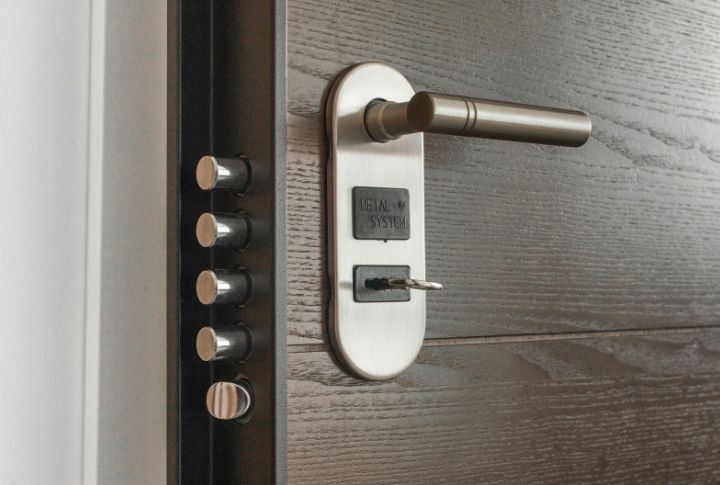
Most doors favor a right-handed push, and keyholes are placed for a natural right-hand turn. Left-handed people often find themselves fumbling with locks and twisting their wrists in uncomfortable ways. Public buildings, especially, seem to be designed under the assumption that everyone is right-handed.
Spiral Notebooks

Left-handed students know this struggle all too well. Spiral bindings press into the wrist, making writing painful. Three-ring binders? Even worse. Many lefties flip notebooks upside down or write at off angles to avoid discomfort. Meanwhile, right-handers remain blissfully unaware.
Can Openers

Most manual can openers require a right-hand turn. This means using an uncomfortable grip and struggling with an unnatural twisting motion for lefties. Left-handed versions exist, but they’re uncommon, so left-handers struggle with everyday kitchen task.
The Infamous Ink Smudge Problem

Lefties drag their hand across freshly written ink, smudging words as they write. Pens, markers, and even certain paper textures make it worse. Many left-handers develop a “hook” grip to avoid the mess, but this unnatural posture can lead to wrist strain over time.
Guitars and Musical Instruments

Music stores are stocked with right-handed guitars. Left-handed versions are rare and often more expensive. Many lefties flip right-handed guitars upside down—like Jimi Hendrix—and others learn to play the “wrong” way. Even violins and brass instruments are designed with right-handed players in mind.
Measuring Cups

Glass measuring cups from brands like Pyrex and Anchor Hocking often have their measurement markings printed on only one side—facing outward when held in the right hand. For left-handed users, they must turn the cup, guess the measurement, or swap hands to see the correct volume.
Video Game Controllers
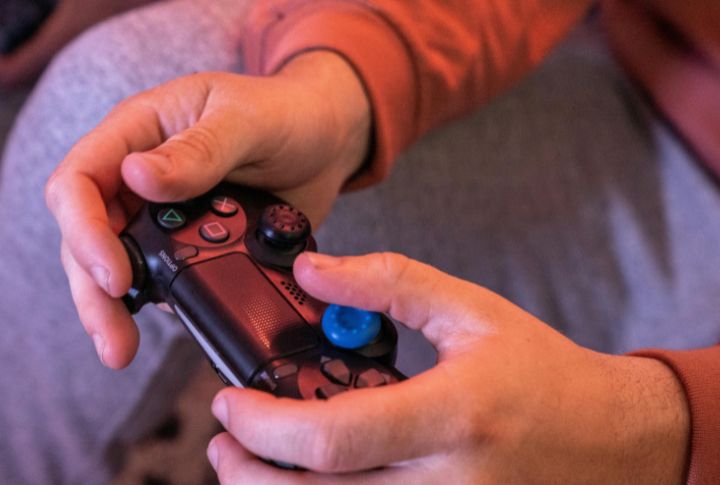
Most game controllers place primary action buttons under the right hand. While the movement is controlled by the left, precise actions require a dominant right thumb. Even arcade machines follow this setup. Left-handed gamers adjust, but it’s another example of right-handed design dominance.
Zippers and Buttons
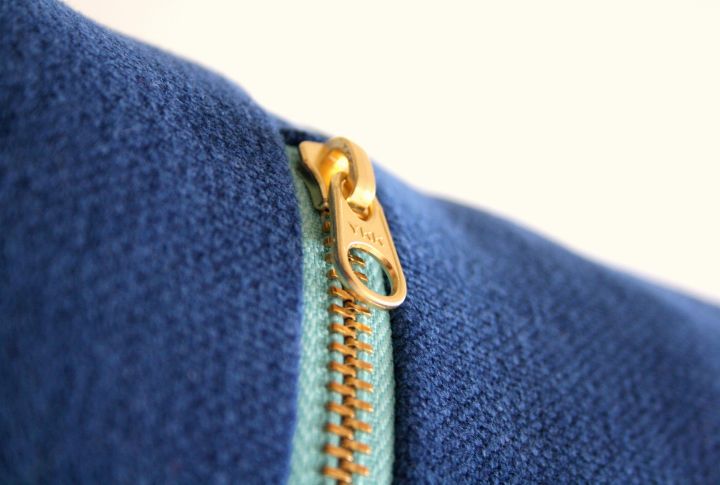
Clothing design has long favored right-handed people. Shirt buttons require a right-handed grip, zippers are placed for a natural right-hand pull, and even pockets are positioned for easy right-hand access. On the other hand, lefties take longer to get dressed, and others simply learn to adapt without thinking about it.
Cameras

Photography equipment doesn’t favor left-handers. Shutter buttons and grips are always positioned for right-handed operation, which makes it odd for lefties to hold and adjust settings. Even tripods and external flashes often require right-handed maneuvering and force left-handed photographers to adjust their technique.
Ballpoint Pens
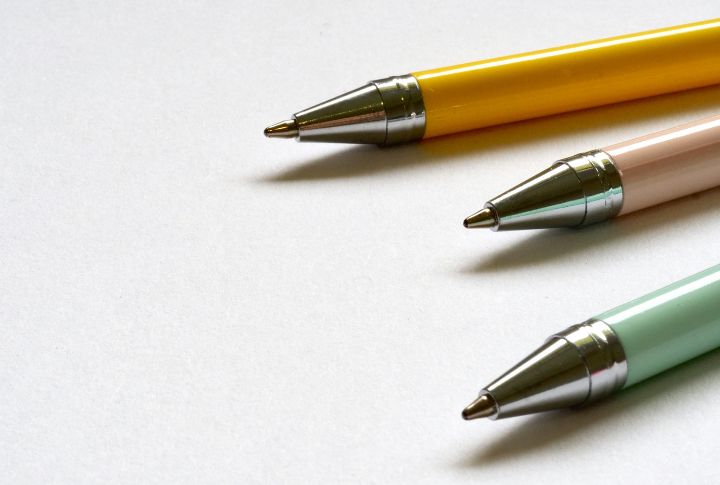
Most people don’t realize that many pens are optimized for right-handed use. The ink flow in ballpoint pens relies on the natural angle and pressure of a right-hander’s stroke. Left-handers, who push rather than pull the pen across the page, often deal with skipping, fading ink, and an inconsistent writing experience.
Baseball Gloves

You’ll see dozens of right-handed baseball gloves in a sporting goods store. Left-handed gloves? Maybe a couple—if you’re lucky. The same applies to golf clubs and hockey sticks. Since most players are right-handed, manufacturers don’t prioritize producing left-handed gear in large quantities.
Measuring Tapes and Rulers
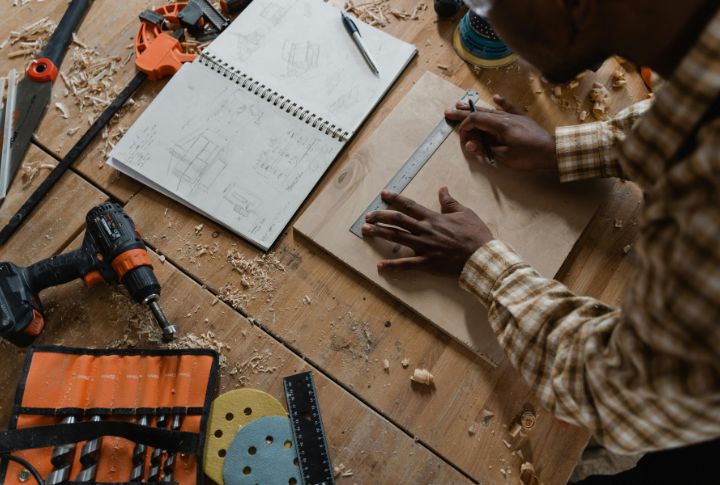
Numbers on most measuring tapes and rulers are printed to be easily read when held in the right hand. Some left-handers using a standard measuring tape often have to twist oddly, while others have to read numbers upside down. This makes precise measurements more complex than they need to be.
Cars and Vehicle Controls
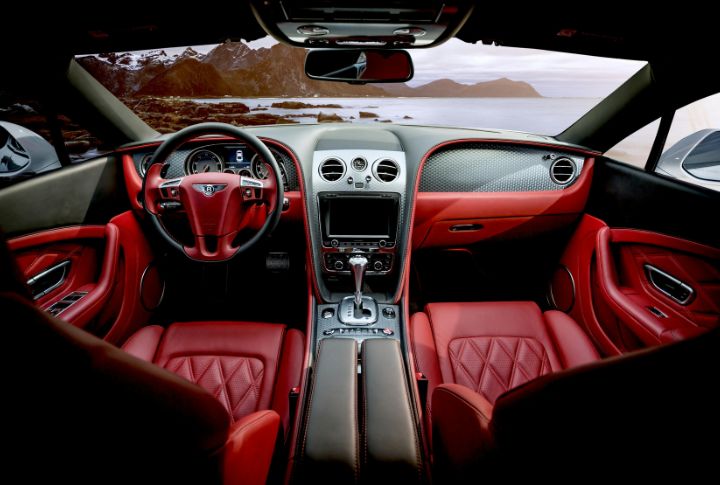
From gear shifts to ignition placements, vehicle interiors assume right-hand dominance. Even in left-hand-drive countries, critical controls—like wiper switches and infotainment buttons—favor right-handed use. While left-handed drivers manage, the setup is never quite as intuitive for them.
Power Tools
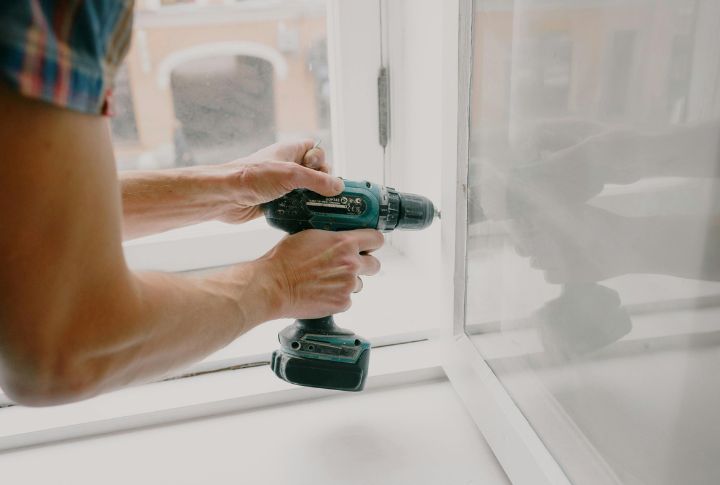
Many power tools, including drills, saws, and nail guns, have safety switches and grips positioned for right-handed users. This isn’t just inconvenient—it’s a safety risk. Left-handers must use tools in an odd way and modify their grip, which can lead to dangerous mistakes.
Public Transport Ticket Machines
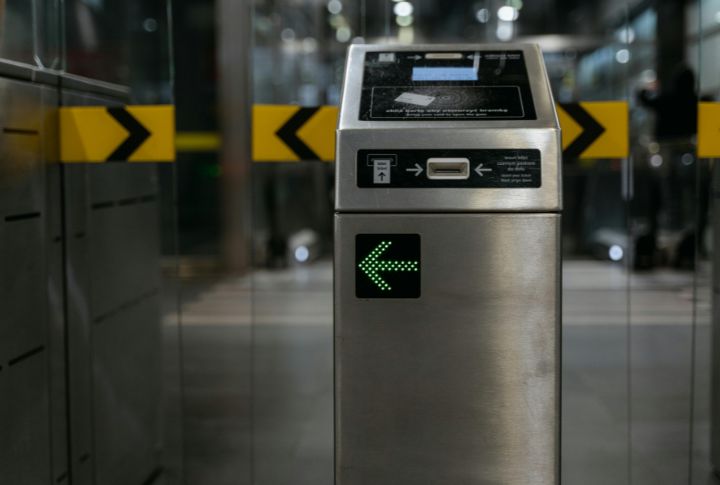
Have you ever noticed where the card reader is when you tap your metro card? It’s usually positioned for a smooth right-hand swipe. Lefties either have to reach across their body or switch hands to make it work. The same applies to ticket machines, which often have keypads set up for right-handers.
Kitchen Tools

Many kitchen utensils, from ice cream scoops to ladles, are ergonomically designed with a curved grip—shaped for a right-handed hold. This makes it difficult for left-handers to use them comfortably, forcing them to struggle with poor angles as others even buy specialized left-handed versions.
Supermarket Checkout Counters

Grocery store checkouts are structured for right-handed efficiency. Card readers are positioned for a smooth right-hand swipe, while conveyor belt controls favor right-handed cashiers. Even the bagging area is often set up for right-hand use and left-handed shoppers, and workers must adjust to the current system.
